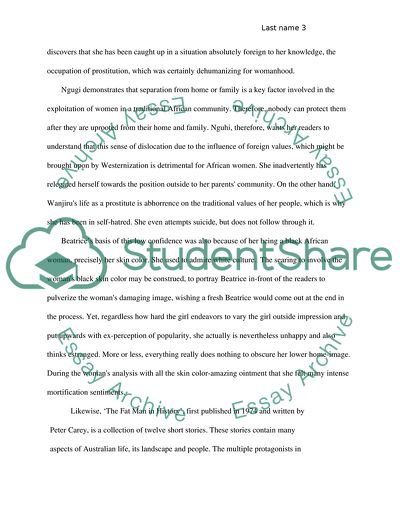Cite this document
(Comparison of Minutes of Glory by Ngugi Wa Thiong'o & The Fat Man In H Essay, n.d.)
Comparison of Minutes of Glory by Ngugi Wa Thiong'o & The Fat Man In H Essay. https://studentshare.org/literature/1798086-story-analysis
Comparison of Minutes of Glory by Ngugi Wa Thiong'o & The Fat Man In H Essay. https://studentshare.org/literature/1798086-story-analysis
(Comparison of Minutes of Glory by Ngugi Wa Thiong'O & The Fat Man In H Essay)
Comparison of Minutes of Glory by Ngugi Wa Thiong'O & The Fat Man In H Essay. https://studentshare.org/literature/1798086-story-analysis.
Comparison of Minutes of Glory by Ngugi Wa Thiong'O & The Fat Man In H Essay. https://studentshare.org/literature/1798086-story-analysis.
“Comparison of Minutes of Glory by Ngugi Wa Thiong'O & The Fat Man In H Essay”. https://studentshare.org/literature/1798086-story-analysis.


